Rockhounding
Adventures begin Below

With rugged canyons and deserts spanning hundreds of miles, Utah is a rockhound's dream
ACROSS THE STATE ARE A VARIETY OF ROCKS AND MINERALS JUST WAITING TO BE DISCOVERED. A little education about what to look for and where to look will go a long way.
As Utah is largely made up of Bureau of Land Management (BLM) land, there is no shortage of places to dig, with many locations not requiring a permit. Knowing what to expect before setting out on your rockhounding journey and how to best ramble responsibly is essential.
We advise, per geology.utah.gov “Do not enter abandoned mines or shafts.” Likewise, do not rockhound on or enter private land without permission from the owner. If permission is granted, follow the landowner’s rules.
Keep reading to learn why Adventures Begin Below.
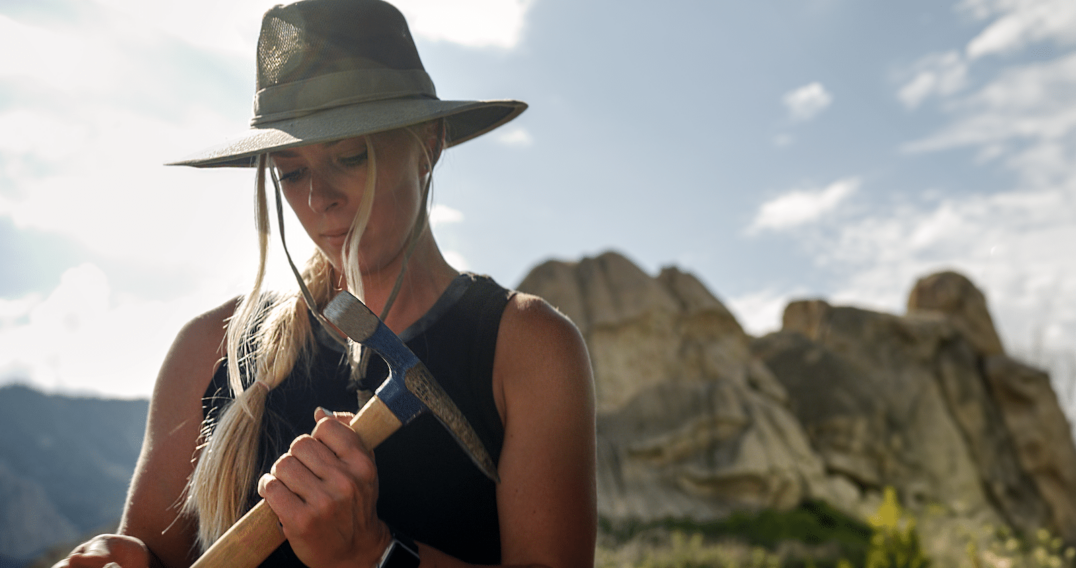

WHAT TO BRING: ROCKHOUNDING CHECKLIST
While this list is non-exhaustive, it’s a great start for novice rockhounds. As your passion for rockhounding grows, you can add other beneficial items.
- Sunscreen
- Extra food, snacks, and water
- Safety goggles
- First aid kit
- Layers
- Outdoor work gloves
- Sun hat
- Rock hammer
- Chisel
- Field shovel
- Flashlight
- Phone
- GPS unit since your phone may have no data connection
- Cleaning tool(s), e.g., toothbrush, paintbrush, spray bottle
- Bucket or bag to carry rocks
- Boots or covered shoes
- Backpack
- Spare tire

Locations for Rockhounding
Many rockhounding locations require a long drive out to coordinates on a map. Always check for updates before heading out. Rockhounding can be a time-consuming activity, often in the direct hot sun. Be prepared to arrive at a destination where many rocks have already been picked through. When rockhounding, there is no guarantee, which adds to the mystery of unearthing these captivating hidden rocks and minerals.

Rocks & Minerals in BEAVER COUNTY
A long list of rocks and minerals awaits you in Beaver County. You may find stones like agate, clinohumite, brucite, tourmaline, and more. Check our list of locations to see which rocks and minerals can be found in which areas.
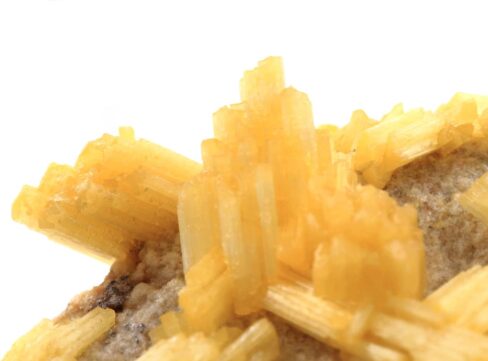
ALUNITE
First observed near Rome in the 15th century, among alunite’s colors are white, gray, yellow, and reddish brown. Alunite is found in the veins of volcanic rock.
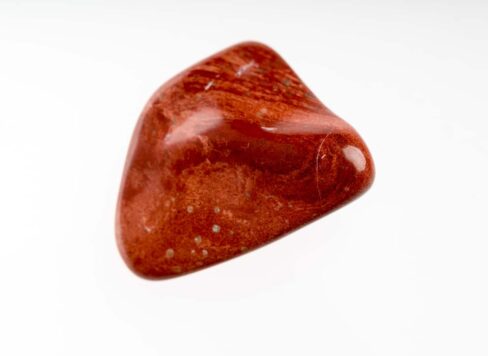
AGATE
Found in a sweeping range of colors, including white, red, blue, and yellow, agate has curved, angled banding. These bands often have a fine grain.
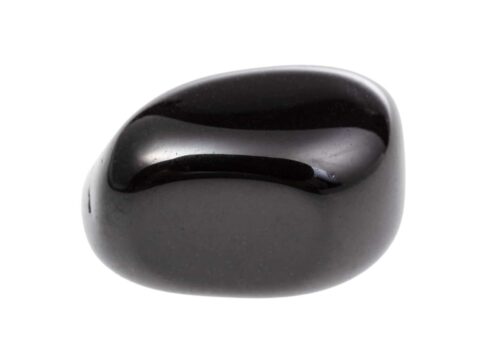
Black Agate (with blue bands)
This agate is known for its profound black color and stunning banding, which can be thin or bold. More often than not, the texture is smooth and wax-like.
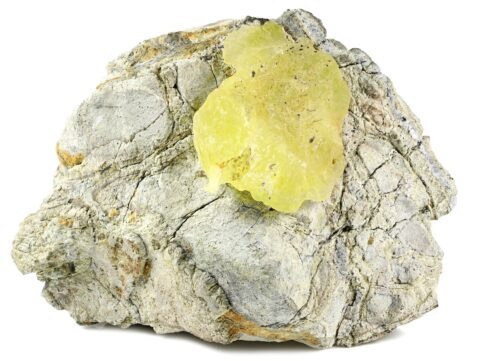
BRUCITE
Brucite is found in various colors, including soft blue, white, and yellow. The sulfur concentration of a specific specimen informs the brightness of its color.
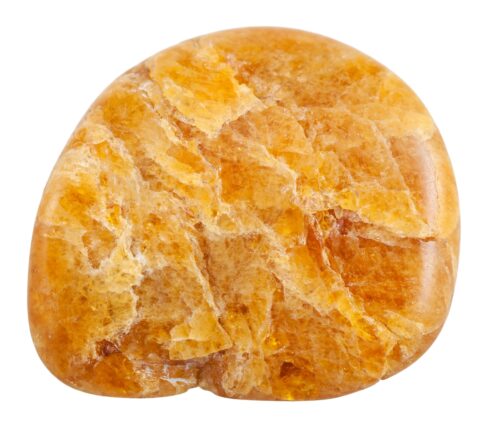
clinohumite
The colors of clinohumite run a spectrum of white to orange and red. It is a highly coveted stone for collectors.
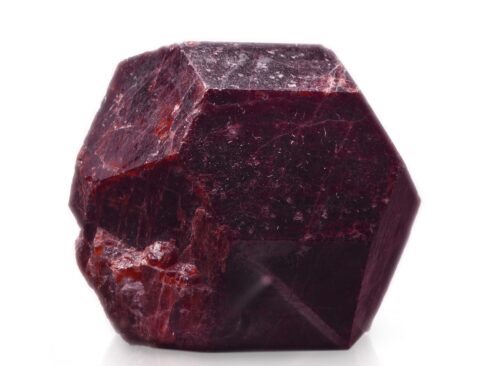
GARNET
While garnets are found in nearly every color, they all share close to, or the same, crystal structure. They are known to change color.
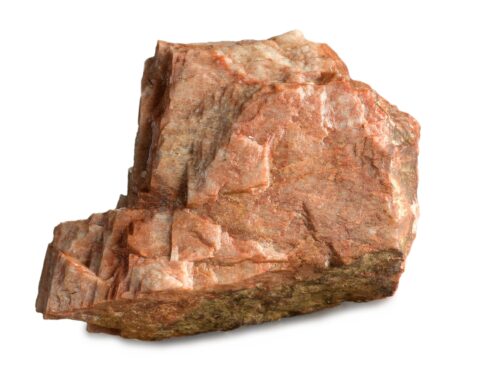
FELDSPAR
Found in gray, pink, white, and brown, feldspar typically has a glassy luster.
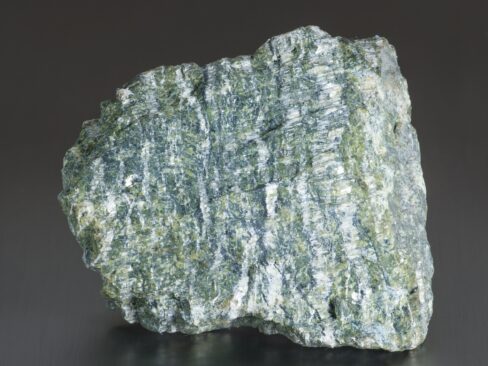
Ludwigite
Characteristically found in magnesian iron skarn, ludwigite holds a dark green to blackish green color. It is translucent in thin fragments.
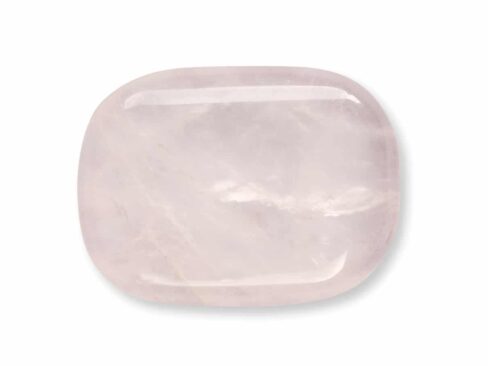
quartz
Made of oxygen and silicon, quartz has a wide range of varieties. It is most often colorless and transparent.
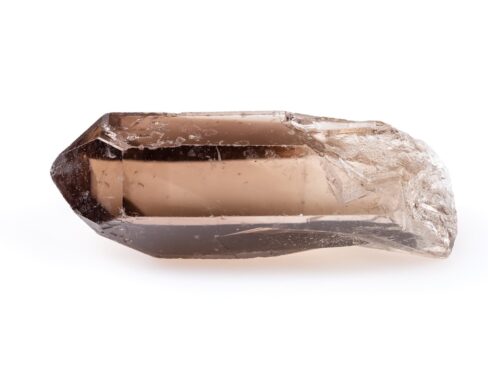
smokey quartz
Smoky quartz takes on a brownish-gray color. It is a popular stone for jewelry.
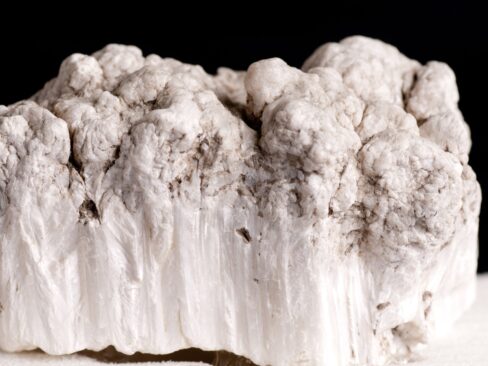
szaibelyite
Typically light yellow to white, when light passes through szaibelyite, it appears void of color. This one is a rare borate mineral.
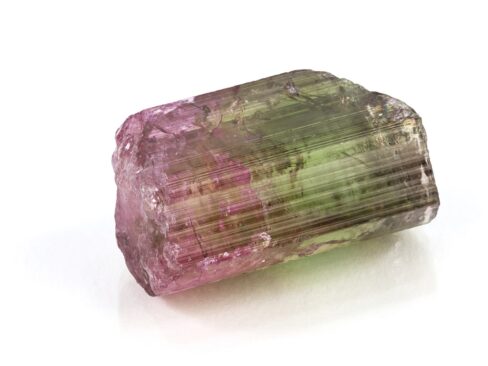
TOURMALINE
Found in deep reds, pinks, greens, blues, and violets, many specimens have two or more colors. Tourmaline is a widely popular stone for jewelry.

Rockhounding Rules and Regulations
It's important to understand the rules and regulations before beginning a rockhounding expedition. Read, follow, and know each so you're not left guessing out in the desert with no service.
- All land belongs to someone. Familiarize yourself with the area to know how and where to check individual rules.
- Do not rockhound on tribal lands.
- Be respectful wherever you are, and keep others in mind who may visit the same site in the future.
- Refrain from using firearms and/or blasting materials in collecting areas.
- Collecting “projectile points, pottery, or any other archeological resource or artifact is not allowed without a permit. Projectile points include ‘arrowheads’ and any prehistoric human-modified stone.”
- Collection of dinosaur and other vertebrate fossils is prohibited on federal or state lands unless permits are issued to accredited institutions.
- Collecting is prohibited in national parks and monuments as well as state parks.
- Leave no Trace: if you dig, fill holes back in. Don't dismantle old buildings. Leave gates as you found them. Pack it in, pack it out, and leave it better than you found it. The cleaner the sites, the more likely they will stay open.
- Keep in mind that rock-collecting locations change constantly. Other rockhounds may have depleted the number of specimens; the site may have undergone construction or alterations; the property may have new ownership; and location details may be outdated or inaccurate.
BLM Lands
- For mineral specimens, common invertebrate fossils, semiprecious gemstones, and other rocks for personal use: “up to 25 pounds per day, plus one piece, with a total limit of 250 pounds per year.” Keep any surface disturbance negligible.
- A permit from the BLM is required for the collection of large quantities or for commercial reasons. Commercial collecting of fossils is prohibited, as is the “use of explosives and/or power equipment.” Collecting in wilderness and wilderness study areas is allowed as long as there is no surface disturbance.
- For petrified wood for personal use: up to 25 pounds plus one piece per day. Maximum of 250 pounds per calendar year. Use of power equipment and/or explosives is prohibited. A permit must be obtained if collectors wish to resell their petrified wood specimens.
U.S. Forest Service (USFS) Lands
- On most National Forest System lands “limited collection of rocks, minerals, and common invertebrate or plant fossils (such as shells, leaf imprints, corals, etc.), for personal use is allowed.” If collecting these items for “personal, hobby, and noncommercial use,” no permit is required. If collecting these materials for commercial and other uses, first contact the local Forest Service Office.
State Lands
- The School and Institutional Trust Lands Administration (Trust Lands) manages the majority of these lands, and one must acquire a permit to collect. There is a fee for an annual permit.
- When rockhounding, up to 25 pounds per day with a max of 250 pounds per year is allowed. The required permit does not allow collection in areas of active mining operations or in “areas that are leased for the mineral being collected unless permission is obtained from the lessee.” The permit does not allow collection on various other lands administered by the state, such as state parks and sovereign lands. The Utah State Legislature defines sovereign lands as “those lands lying below the ordinary high water mark of navigable bodies of water at the date of statehood and owned by the state by virtue of its sovereignty."
- A mineral lease or materials permit must be obtained by commercial collectors, and specific regulations must be followed.
For additional rules, regulations, and other important information, visit: https://geology.utah.gov/popular/rocks-minerals/collecting-rules/

get there safely
The shoulder seasons, spring and fall, are the best times to go rockhounding. Frozen grounds or a hot sun can make a fun trip unbearable. Watch for rain and flash floods, which can cause some roads to become impassable. Most rockhounding locations are far from main roads, amenities, and cell service. You should use the proper vehicle with the right tires (and an extra in case of flats).
Let people know where you are going and when they should expect you back. Unless you have a satellite phone, the ability to communicate at most locations will be unlikely.


Although Leave No Trace has its roots in backcountry settings, the principles have been adapted so they can be applied anywhere — from remote wilderness areas to local parks and even in your own backyard.
While visiting Beaver County we ask that you ramble responsibility by following these principles ->
Check avalanche and weather reports, consult maps and local authorities about high danger areas, safety information, and regulations. Monitor snow conditions frequently and prepare for extreme weather, hazards, and emergencies. Carry an avalanche beacon, probe, and shovel, and leave your itinerary with family or friends before heading out.
Stick to trails and stay on deep snow cover whenever possible. Travel and camp away from avalanche paths, cornices, steep slopes and unstable snow.
Pack out all trash- yours and others, including food scraps, wax shavings, and pieces of litter. Where snow is too deep or the ground is frozen, be prepared to pack out solid human waste.
Take a photo, draw or paint a picture, write a song or poem, or create a dance. Leave everything else where you found it.
Where fires are permitted, use designated fire rings. Keep fires small, burn only downed wood smaller than your wrist, and put out campfires completely.
Winter is an especially vulnerable time for animals. Observe wildlife from a distance, never follow, approach or feed animals, and store food and trash securely.
Keep noise to a minimum when near others, and let nature’s sounds prevail. When ascending trails, keep clear and yield to downhill traffic. Avoid booting and snowshoeing in skin or ski tracks.
Copyright 2023 | Design by VistaWorks


